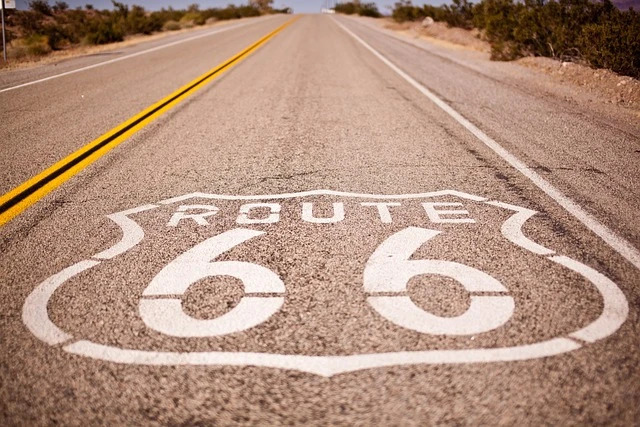The Ford CEO’s EV Road Trip Reality Check

Well, kudos where kudos is due. I came across an automotive news story recently that was too good not to pass on. It’s always good when you read of the CEO of any company getting out of their ivory tower or glass-walled office to get their hands dirty and/or do a bit of road-testing for themselves rather than letting those in the lower echelons do it. That’s exactly what happened recently in the case of Jim Farley, the CEO of Ford in the USA.
Ford USA has been putting a fair bit of R&D investment into the upcoming electrical ute, the F-150 Lightning (not yet available in Australia at the time of writing, but we can keep our fingers crossed). Now, the idea of this vehicle was that it was supposed to be for rural types in rural areas. The idea was to make the sort of thing that belongs in a Country and Western song: the trusty old pickup that can handle dirt roads. However, instead of just leaving things to the developers and the number-crunchers and the sort of people who test battery life and performance under ideal conditions, Mr Farley decided that the best thing to do was to pull a Bertha Benz and take the new vehicle out on the road, partly as a real-world road test and partly as a publicity stunt.
And if you’re going to go on a high-profile road trip across the United States, there’s only one road that springs to mind (hint: it’s not the Pan-American Highway). Yes, Jim Farley headed out in the all-electric Ford F-150 Lightning on the legendary Route 66. Naturally, he posted the highlights of his trip on social media, specifically on Linked In and on Twitter or X or whatever it’s calling itself today. Yes, the fact that the Ford CEO documented his experiences with this ute that’s specifically designed to be a rival to Tesla’s Cybertruck on the platform owned by the CEO of Tesla is deliciously ironic (but I guess it’s proof that Musk is serious about the no censorship thing – so kudos to him as well).
The F-150 Lightning behaved itself nicely on the road, but there was one issue that Mr Farley described as a “reality check”: charging times. Not that he ran out of zap or anything like that, but one thing he found was that when he came to some of the more popular charging stations, all the really fast superchargers were taken up, so he had to plug in to one of the slower ones. He reported that it took him 40 minutes to get to 40% charge, and he acknowledged that this is a “challenge” faced by customers. Superfast charging was great, he found, but the slower chargers, not so much. And, being in the position to do something about it, it looks like plans are afoot to improve the charging infrastructure in the USA.
It would be interesting if someone would do a similar road trip here in Australia. It should include the Great Ocean Road, but as that’s only 240-ish kms long, perhaps the Big Lap on Highway 1 would be a real test (give us your suggestions as to what would be a good test in the comments). Do we have suitable charging infrastructure here to ensure that road trips for business or pleasure – to say nothing of everyday driving – is smooth and efficient? Perhaps we’ll find, like those in the US, that perhaps we don’t have the infrastructure in place to go all-out electric (to say nothing of the ability to generate electricity). After all, EVs are only part of the equation when it comes to cutting down or cutting out fossil fuels, with biofuels and hydrogen being the other pathways that don’t seem to be quite getting enough attention.
However, the longer charging times weren’t all bad. One thing that Mr Farley reported was that there seemed to be something of a community of EV drivers gathering around the charging stations, and perfect strangers would start talking to each other in the time spent waiting for (a) a free charger and (b) the battery to charge. It’s like the car and the shared need created a connection and introduced people. If you’ve got a motorbike, you’ve probably experienced something similar even at petrol stations: other bikers (and former bikers and those who admire bikers) will start chatting. If there’s one thing that we learned during the Covid lockdowns, as well as washing our hands properly, it’s that in-person connections are important. Perhaps the enforced waiting and slowing down of EV charging stations will be good for humanity at a psychological level… or perhaps I’m being idealistic here, as it could equally lead to frustrations and the opportunity for entitled people to show their worst sides.